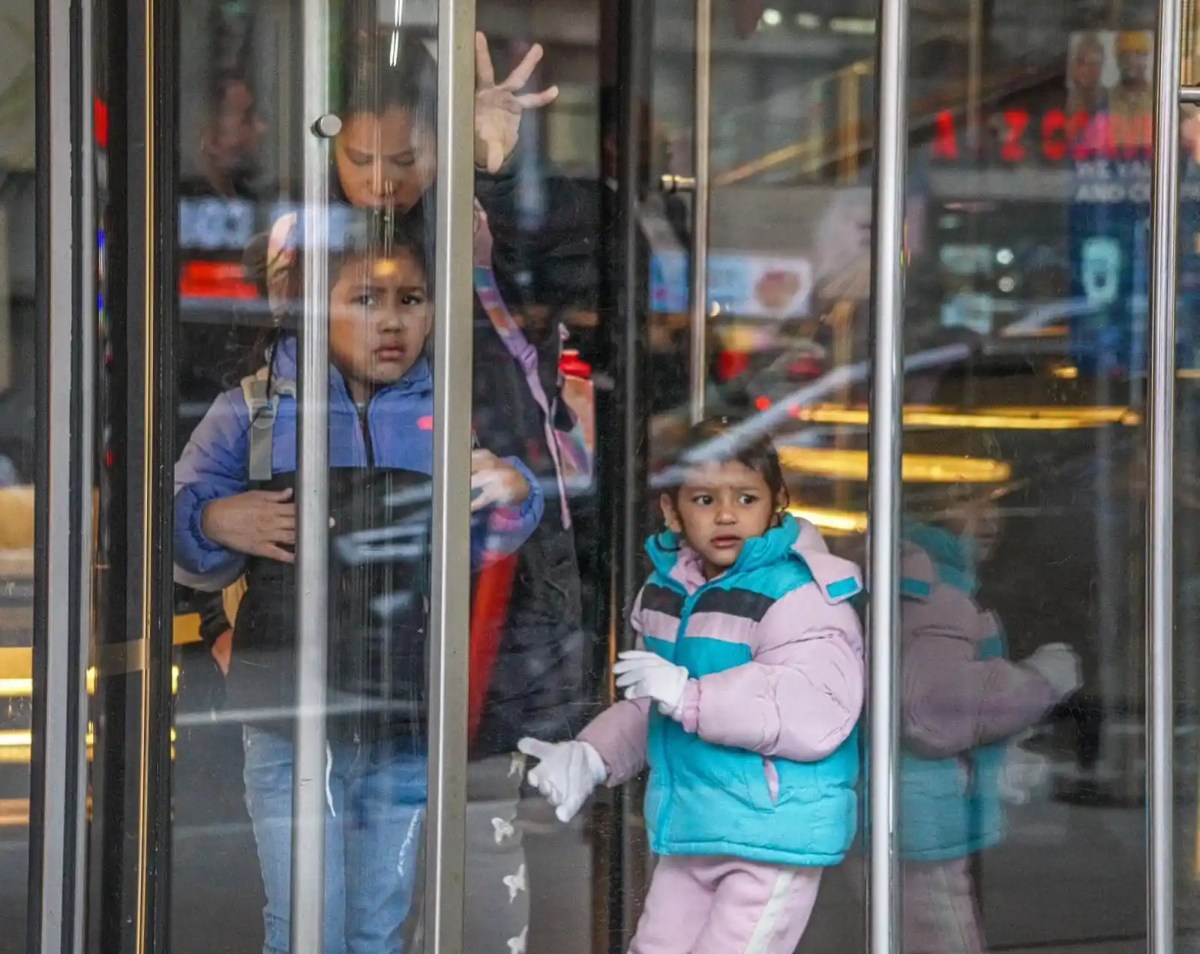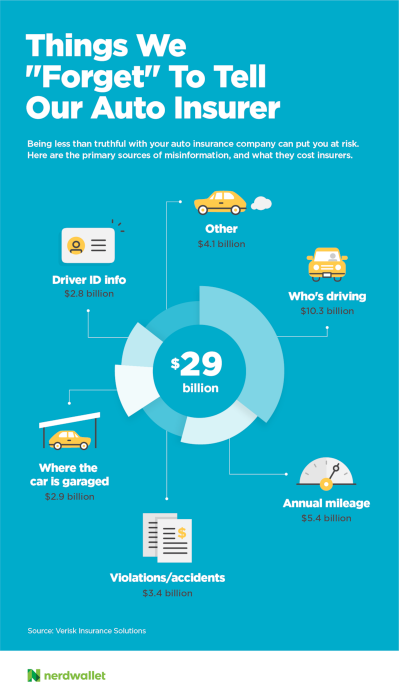As Uber and Lyft have grown in popularity, auto insurance companies have expanded their efforts to meet the demand from drivers for coverage. Typically, rideshare insurance covers personal use and adds coverage for at least part of the time that drivers are signed in to a ridesharing app. Key takeawaysRideshare drivers should look at what’s covered with the combination of their personal auto insurance policies and the rideshare company’s insurance. If there are gaps, look at rideshare insurance or even a commercial auto policy,Not all insurance companies offer rideshare insurance policies, nor is coverage available in all states.If your rideshare company insures you during all phases of the job — before, during and after ride requests — or you have a commercial auto policy, you don’t need separate rideshare coverage.In this article: Where to get rideshare insurance
How to buy rideshare insurance
What happens if you have an accident
How to report an accident and file a claim
Whereto get rideshare insurance
Not all insurance companies offer rideshare insurance policies, nor is coverage available in all states.
These three insurance companies offer the most complete rideshare insurance packages.
InsurerCost above traditional policyStates where availableWorth noting
ErieBetween $9 and $15 per month more than personal auto insurance that includes “business use.”DC, IL, IN, KY, MD, OH, PA, TN, VA, WI, WV
Get a quoteCoverage applies whether driving for business or personal use, and during every part of the trip: before, during and after the ride. FarmersVariesAR, AZ, CA, CO, GA, IA, ID, IL, IN, KS, MD, MI, MN, MT, ND, NE, NJ, NM, NV, OH, OK, OR, TN, TX, UT, WI
Get a quoteFills gap by extending drivers’ personal coverage limits from the time they log in to ridesharing app until they accept ride request. GeicoAbout $150 a year more in some cases, based on NerdWallet research.AL, AZ, CO, CT, DC, DE, GA, IA, ID, IL, IN, KS, LA, MD, ME, MN, MO, MS, ND, NE, NM, OH, OK, OR, PA, RI, SC, SD, TN, TX, VA, VT, WA, WI, WY Get a quoteActs as primary coverage whether or not drivers have a passenger. If your current insurer doesn’t offer rideshare insurance, it’s time to look elsewhere. (For price comparison, that’s a smart thing to do anyway.)
AlthoughErie, Farmers and Geico tend to offer the best mix of coverage and availability, rideshare insurance is also available on a more limited basis from a handful of other well-known companies.
Other options for rideshare insuranceInsurerCost above traditional policyRidesharing companies acceptedContinuous coverage when signed in to their app?States where available Your personal auto insurance policy is unlikely to cover any expenses arising from accidents that occur when you’re driving for Uber or Lyft. Your insurer could even cancel your personal policy if it finds out you haven’t disclosed you work as a driver for a ridesharing service. The key to knowing whether you need rideshare insurance (or even a commercial auto insurance policy) is to know what coverage your rideshare company provides.
If you’re a rideshare driver and your rideshare company provides insurance, its coverage might apply only once you’ve accepted a ride request. It might not apply — or your coverage might be reduced — when you have the app on and are waiting to be hailed. If that’s the case, you’ll need rideshare insurance to cover those periods. Here’s a snapshot of what Uber and Lyft provide to drivers:
CompanyCoverage limits with passengers/ You might also consider rideshare insurance if you want higher coverage limits than your company offers.
If your rideshare company insures you during all phases of the job — before, during and after ride requests — or you have a commercial auto policy, you don’t need separate rideshare coverage. What if my state doesn’t have rideshare insurance?
If coverage isn’t yet available for you, you’ll have to buy a commercial insurance policy to be fully insured. These plans have higher liability limits than a typical policy. They’re also pricey. According to insurance agent group Trusted Choice, the average commercial policy for a passenger car costs from$1,200 to$2,400 per year or higher. How to buy rideshare insurance
Here are some smart initial steps to take when selecting rideshare insurance:
– No matter what, if you haven’t already, tell your personal auto insurer you’re driving for a ridesharingcompany. If you don’t, the insurer could find out anyway and then cancel your personal policy. What happens if you havean accident?
If you have an accident while you’re carrying passengers or on your way to a fare,Uber and Lyft will cover medical expenses and other damages up to $1 million, even if an uninsured or underinsured driver is involved. The $1 million limit is much higher than most drivers — even taxi drivers in many major cities — carry in liability coverage. You can also draw on comprehensive and collision coverage offered by the ridesharing companies, as long as you also have such coverageon your personal insurance. Beware, though: Deductibles are high, and the policies apply only while you’re carrying passengers. If you have an accident while waiting for a fare, you’ll need to file a claim with your insurance provider unless your state law or ridesharing endorsement specifiesotherwise. If the claim is denied or you’renot fully reimbursed, coverage from Lyft and Uber will kick in. But ridesharing companies’ limits in these cases are relatively low. Ridesharing coverage from your personal insurance company is designed to cover this gap. How to report an accident and file a claim
Call the police: Whether or not your accident results from ridesharing, your first step should be to call the police. Depending on the type of accident and your ridesharing company’s rules, you might have to provide your personal proof of insurance or your company’s certificate. Exchange information with the other driver as you normally would. How to file: Next, if you need to, file a claim with your personal insurer. Even if you can rely on your ridesharing company to cover your damage, your personal insurer will want to know about any accidents. This can put drivers who haven’t been honest about their employment status in a tough situation. If you choose not to tell your insurer, you risk being dropped anyway if the company finds out. You should notify your ridesharing company as well, even if it isn’tcovering the accident.If you can take advantage of your ridesharing company’s coverage, a rep can help you start the claims process. The article Rideshare Insurance for Drivers: Where to Buy, What It Covers originally appeared on NerdWallet.
MetLifeDepends on miles drivenLyftYesCA, CO, IL, TX, WA
MetromileDepends on miles drivenUberNoCA, IL, WA
ProgressiveAvailable by quoteAllYesPA, TX
USAA
Note: Open only to active military members, veterans and their families.$6 to $8 per monthAllNoAZ, CA, CO, IL, MA, OH, TX, WA
Allstate$15 to $20 per yearAllNoCA, CO, GA, IL, IN, MN, NV, OK, SC, TX, UT, WA, WI
State FarmAvailable by quoteAllNo for liability; yes for other coverages driver carries on personal policyCA, CO, KY, ME, MN, TN, WI
[Back to top]Who needs rideshare insurance
after accepting a ride request Liability limits without passengers and before accepting a ride requestComprehensive/
CollisionComprehensive/
Collision
Deductible
Uber$1 million liability per incident; $1 million uninsured/underinsured motorist per incident$50,000 per person, $100,000 per incident, $25,000 property damage$50,000 (applies only with passengers)$1,000
Lyft$1 million liability per incident; $1 million uninsured/underinsured motorist per incident$50,000 per person, $100,000 per incident, $25,000 property damage$50,000 (applies only with passengers)$2,500
– If the ridesharing company you’re driving for offers coverage, call to figure out the gaps between your personal policy and their policy. Bigger ridesharing companies generally provide at least $1 million inliability coverage for drivers carrying passengers, although policies can vary for rideshare drivers who don’t have passengers in the car.
– Reach out to your current insurer to see whether it offers ridesharing insurance or commercial insurance to fill in coverage gaps. Ridesharing insurance policies are generallymore cost-effective than commercial insurance, which can cost up to 10 times as much as personal car insurance.



















